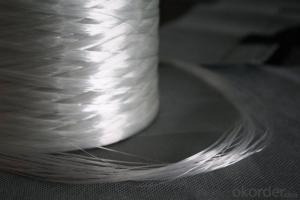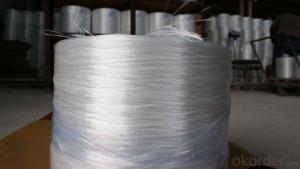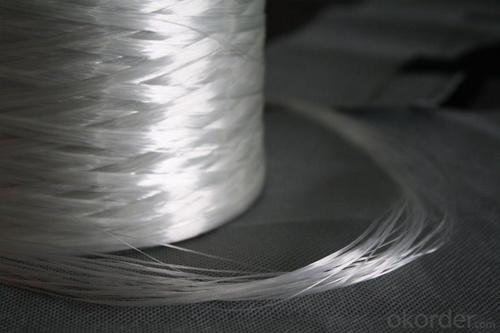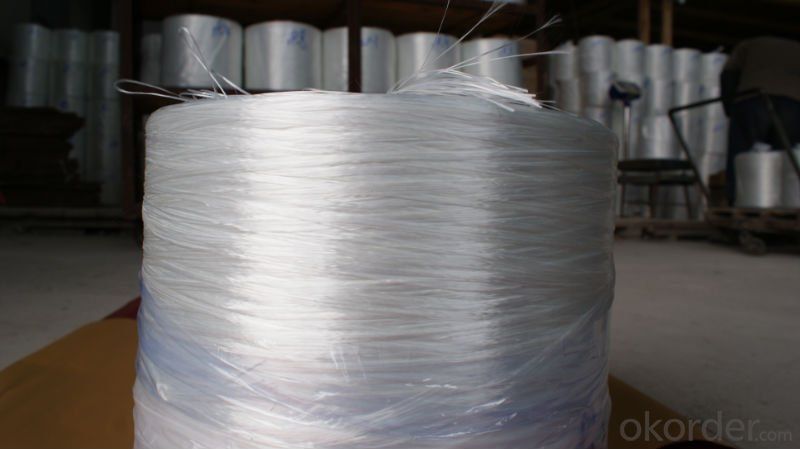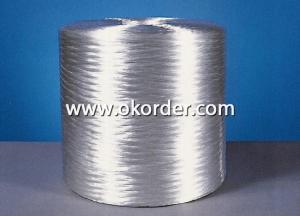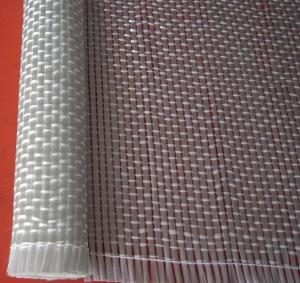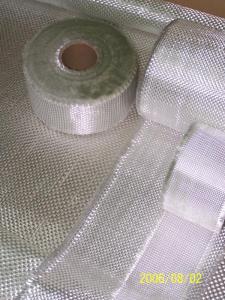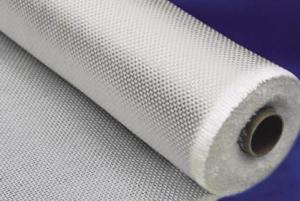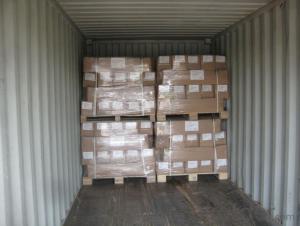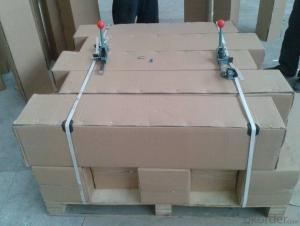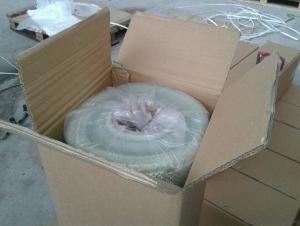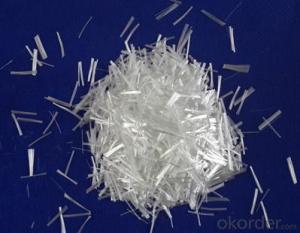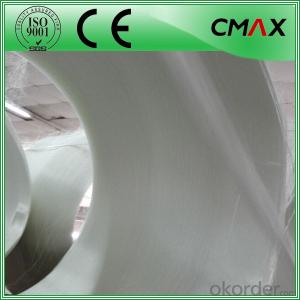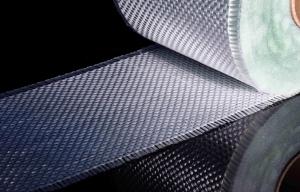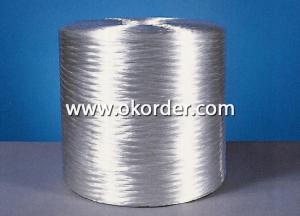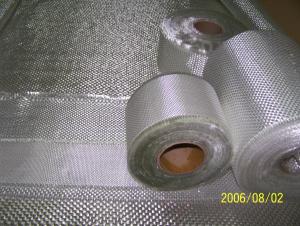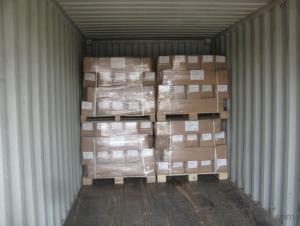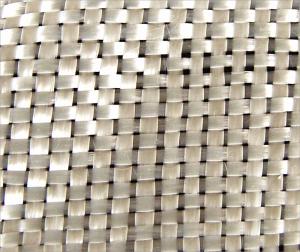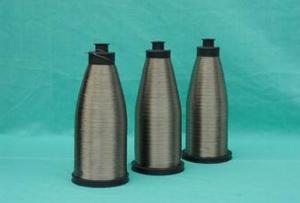Fiberglass Roving T Ape Assembled Roving for Chopping
- Loading Port:
- China Main Port
- Payment Terms:
- TT OR LC
- Min Order Qty:
- -
- Supply Capability:
- -
OKorder Service Pledge
OKorder Financial Service
You Might Also Like
|
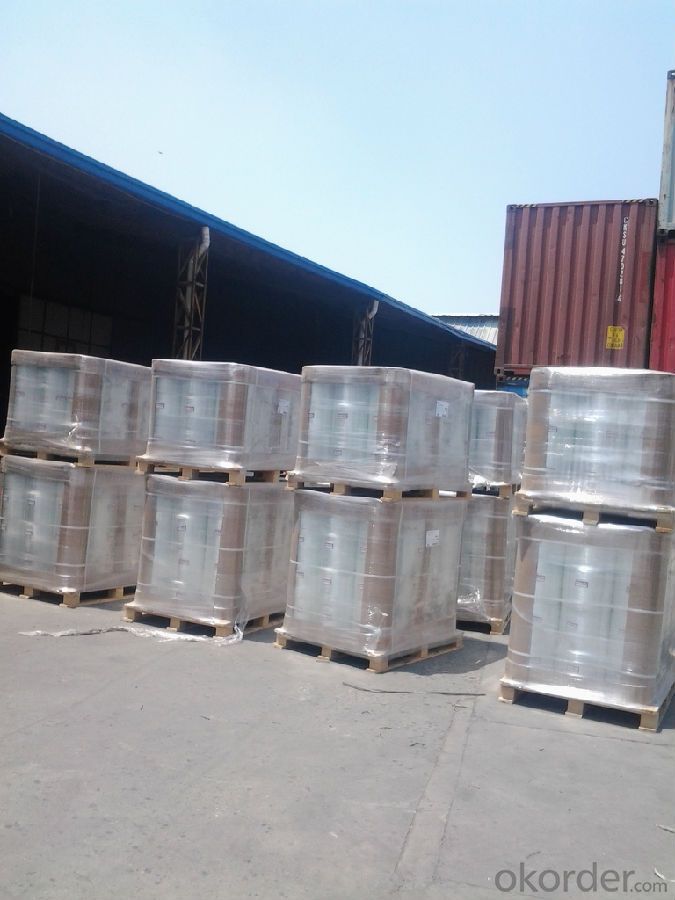
- Q: Materials of european component
- Polymer:.5%, the low alkalinity sulphoaluminate cement, forming perfectly, do not use additives which contain calcium chloride based. 2. It is anti-permeability. As the Portland cement, it can be formed at one time. 4, China requires that when using the ordinary portland cement, the zirconia's content do not less than 16, including alkali resistant glass fiber roving, white portland cement..5%:. 3. plasticizer: The fibers used in GRC must be alkali resistant glass fiber, fiber, early strength agent, alkali resistant glass fiber mesh and retarder. As the requirement of Europe and America, the content of zirconium oxide in glass fiber should be no less than 16: The acrylic emulsion is usually the polymer: We can add some of the volcanic ash active material selectively, that is, acrylic copolymerized emulsion. 5: We can select soft rubber mold, made by high temperature resin which suit the hard outer mold: High efficiency water and anti freezing agents reducing agent can be selectively added. That is conducive to comprehensive performance, enhance the durability of GRC products commonly. The cement can be hardening at fast speed. Sulphoaluminate cement /additives, alkali resistant glass fiber chopped yarn is easy demoulding.
- Q: Glaglass?reinforced?plastics doors and windows and broken aluminum alloy door and windows, which one is more practical?
- The price of the genuine broken aluminum alloy is higher than that of glass?reinforced?plastics. The principle of broken bridge aluminum alloy window is to use PA66 nylon to make indoor and outdoor two layer aluminum alloy separate but also connect into a whole. 2: The current market price, after the expansion and contraction and constant insulation material, needs to be tested. 3. At present, the domestic low-ends turn PA66 into the plastic insulation strip, so that the window itself should not be counted as energy-saving window, then cured by heating ans uses unsaturated resin as subtrate material. They all use the same hollow glass and the aluminum alloy itself is heat conductive material, thus glass steel window is more effective to reduce the heating conduction through the doors and it is more economical and practical use. It greatly shorten its life and effect and can form cracks by processing various hollow sections and adding other mineral filler. The defination of glass?reinforced?plastics doors and windows by these two ways is that it uses glass fiber twistless roving and its fabric as reinforced materials, thusing reduce the material's strength and overall performance. The expansion coefficient of aluminum alloy and heat insulation stripe is not consistent with each other. Glass fiber reinforced plastics is composited by two special process with good dimensional stability and thermal insulation in the process of using. As glass?reinforced?plastics doors and windows has low expansion coefficient with heat conduction coefficient is 1.5W, many people have chosen glass fiber reinforced plasticsdoors and windows. 1, A new thermal insulation type of aluminium profileglass?reinforced?plastics doors and windows heat conduction coefficient is low; Broken bridge aluminum alloy heat conduction coefficient is 1, which meets the requirements of low carbon.
- Q: What type of cement is used in the common GRC component?
- Of course, the low alkali rapid hardening sulphoaluminate cement is good, but we do not use it as the cost increased, and the additive is double glass fiber mesh cloth. Cememt ans sand shall be simple packed. If it is the large mount, we could use machine for production
- Q: What materials are used to the special grid plate of the carwash?
- We call it geogrids with the frame made by the glass fiber twistless roving. The matrix is mainly unsaturated polyester resin
- Q: What is glass fiber extrusion
- Glass fiber extruding machine set can be used to produce different shapes of glass fiber reinforced plastics in different shapes, which can be formed by the oven traction machine oil pump station and so on.
Send your message to us
Fiberglass Roving T Ape Assembled Roving for Chopping
- Loading Port:
- China Main Port
- Payment Terms:
- TT OR LC
- Min Order Qty:
- -
- Supply Capability:
- -
OKorder Service Pledge
OKorder Financial Service
Similar products
Hot products
Hot Searches
Related keywords
